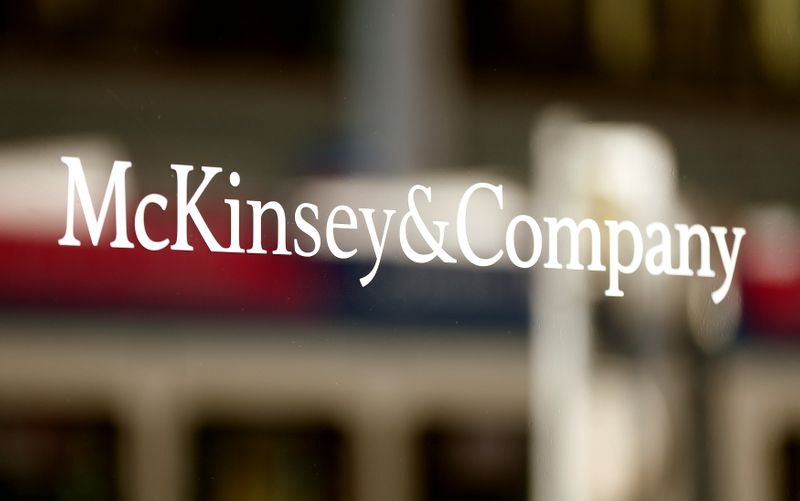This post was originally published on this site
https://i-invdn-com.akamaized.net/trkd-images/LYNXMPEGB91K0_L.jpg
NEW YORK (Reuters) – Most banks around the world could face four more years of depressed profits in the aftermath of the COVID-19 pandemic, consulting firm McKinsey & Co said in a report.
By 2024 the pandemic will require $2.7 trillion of provision expenses for loan losses and $3.7 trillion of revenue will be lost forever because of economic challenges and persistently low interest rates, the consultants said.
Their estimates used a base-case outlook for “a muted global recovery” from the pandemic-induced recession.
The lost revenue is as much as the industry would have collected in six months in normal times, according to the report(https://www.mckinsey.com/industries/financial-services/our-insights/global-banking-annual-review) to be released late on Wednesday.
Globally, a key measure of profitability, return on equity, is predicted to decline to 1.5% in 2021 from 8.9% in 2019. Most institutions won’t regain their 2019 profitability for five years unless they improve their productivity and capital management, the firm said. Mergers may be a solution for some.
“There is a great imperative for banks to lift their productivity,” said Kausik Rajgopal, one of the report’s authors.
But the prospects for the “long winter” that McKinsey predicts means banks will want to take care in spending to improve productivity. Banks face increasing competition from highly valued technology companies with resources to try new products at little cost to customers.
At an investor conference on Tuesday, Jamie Dimon, chief executive of JPMorgan Chase & Co (NYSE:JPM), the biggest and one of the most profitable banks in the United States, cited Google (NASDAQ:GOOGL), PayPal, Stripe and Square as competitive threats.
The pandemic is leaving few banks in jeopardy because the industry has more capital than before the 2008 financial crisis. Now, McKinsey estimated, 7% of banks, representing only 2.7% of industry capital, have a 50% or greater chance of needing more capital to stay above regulatory minimums.

